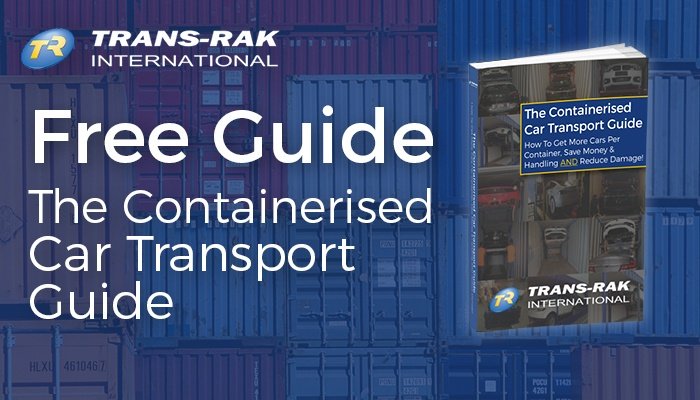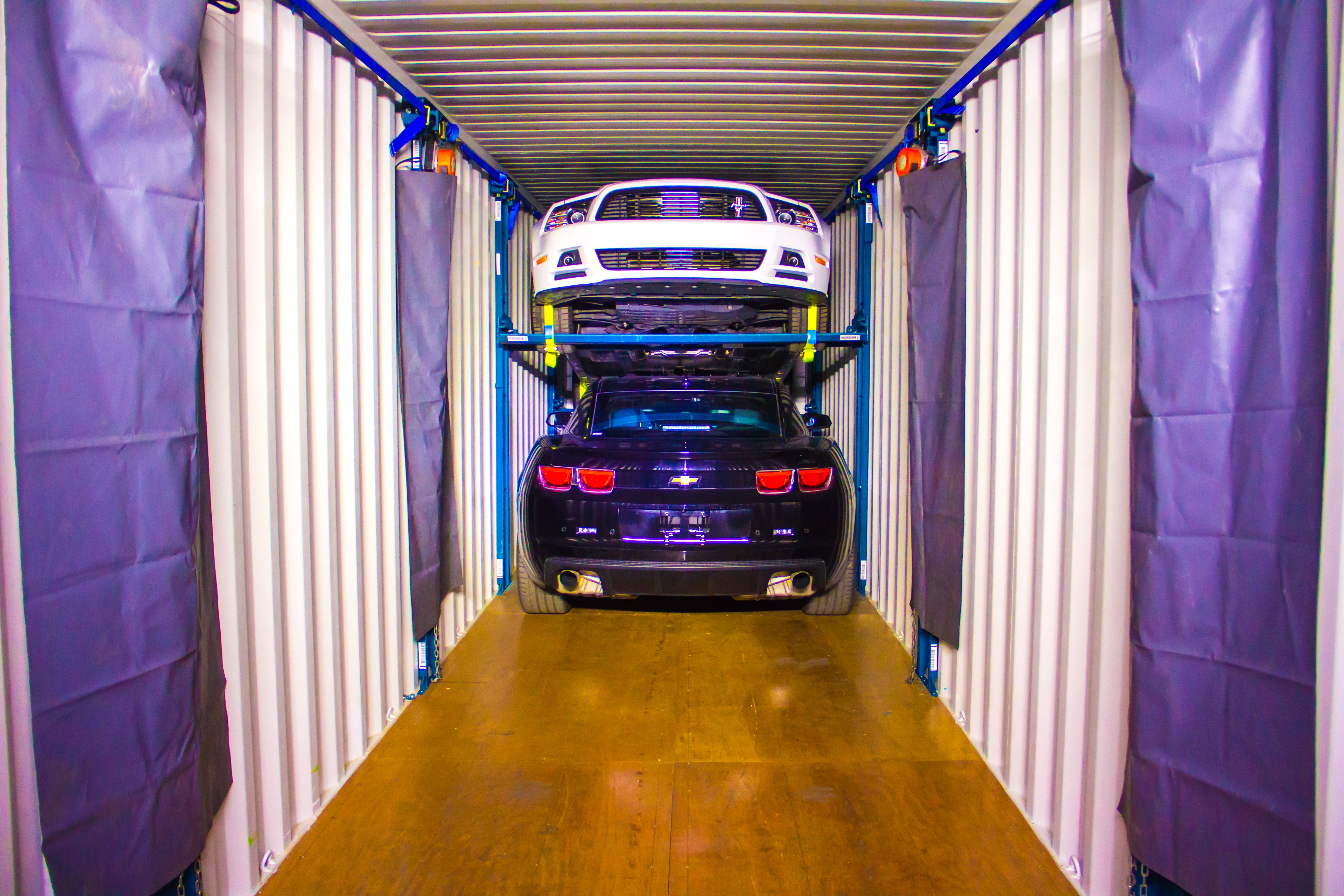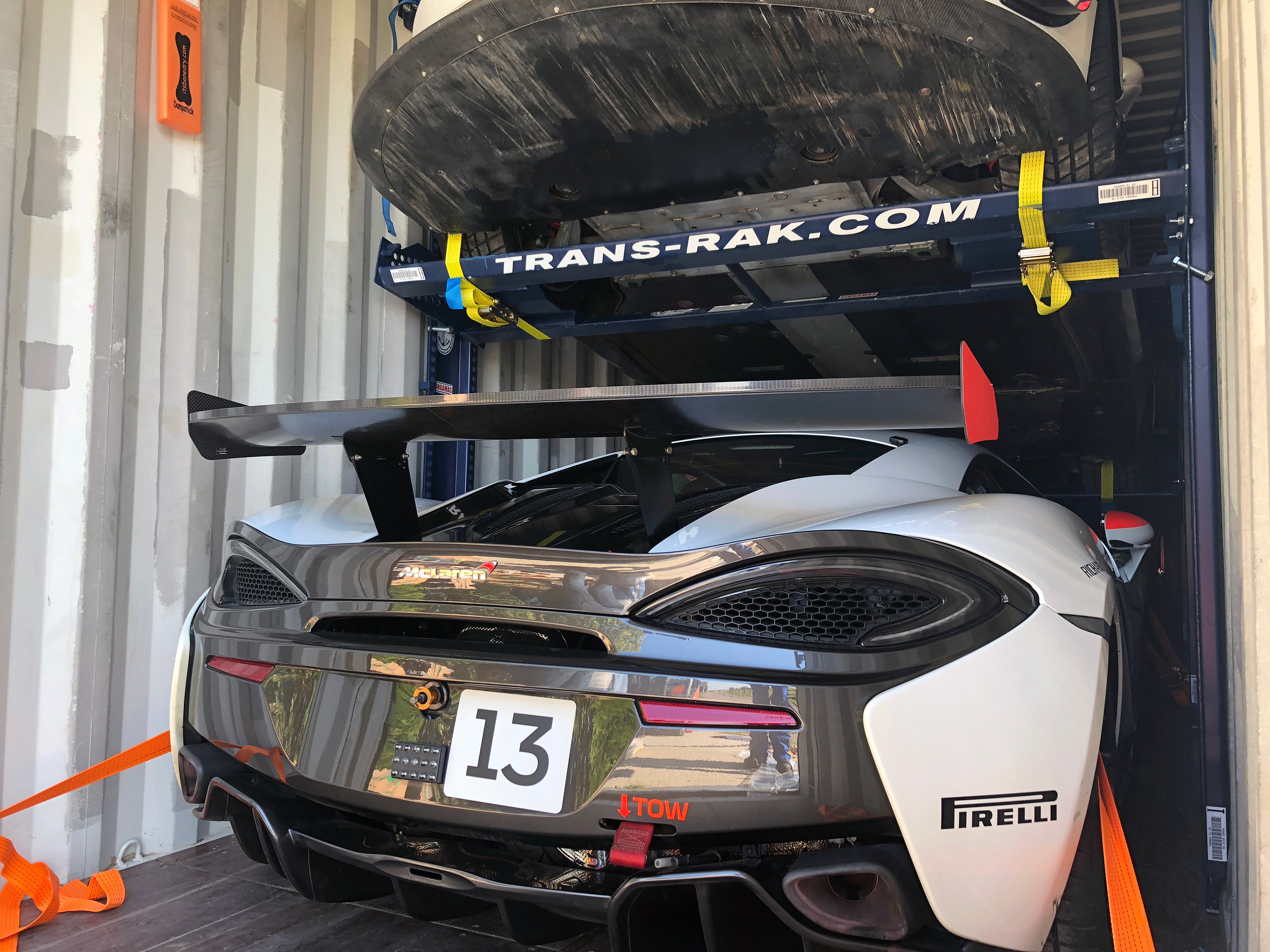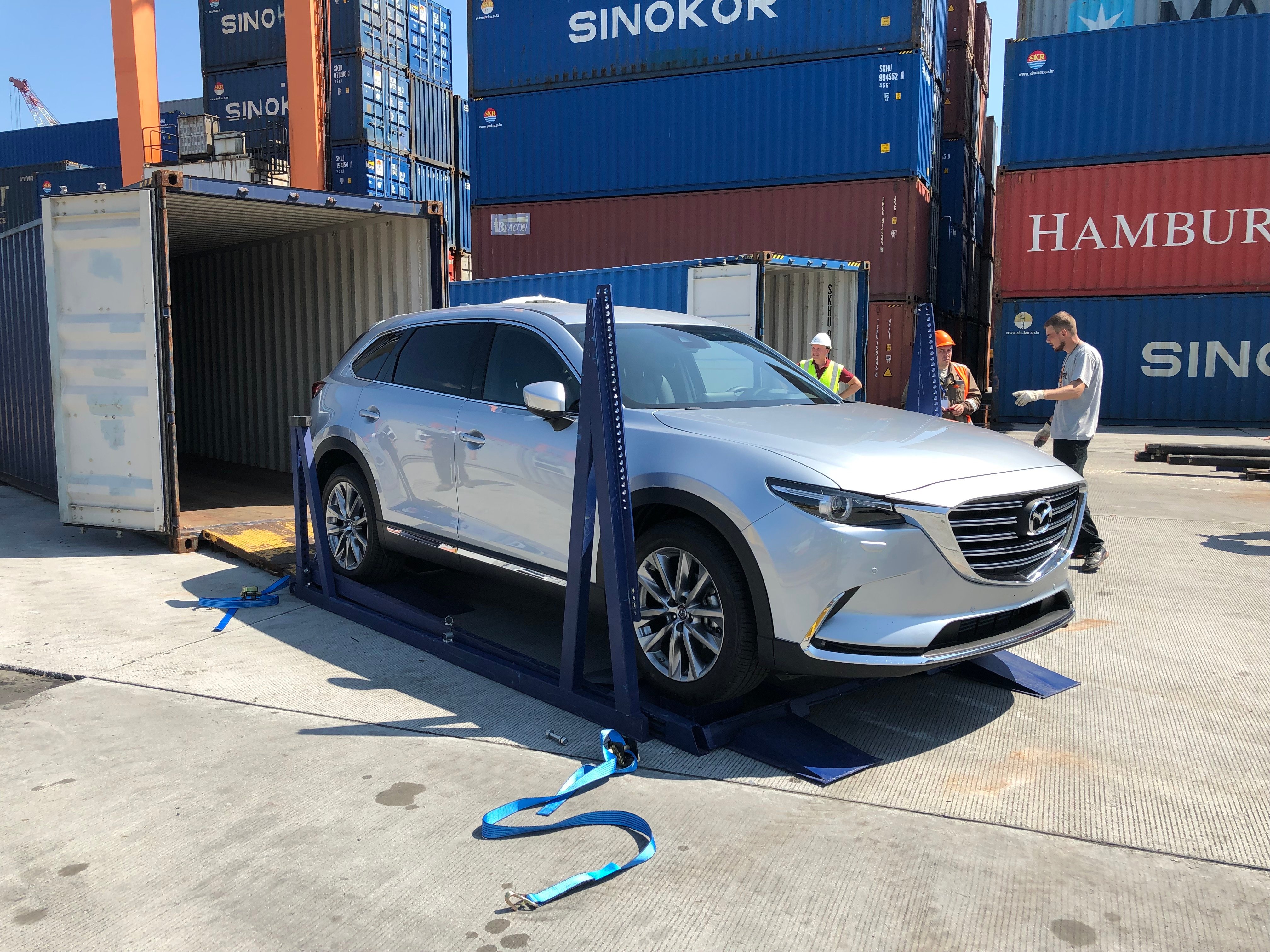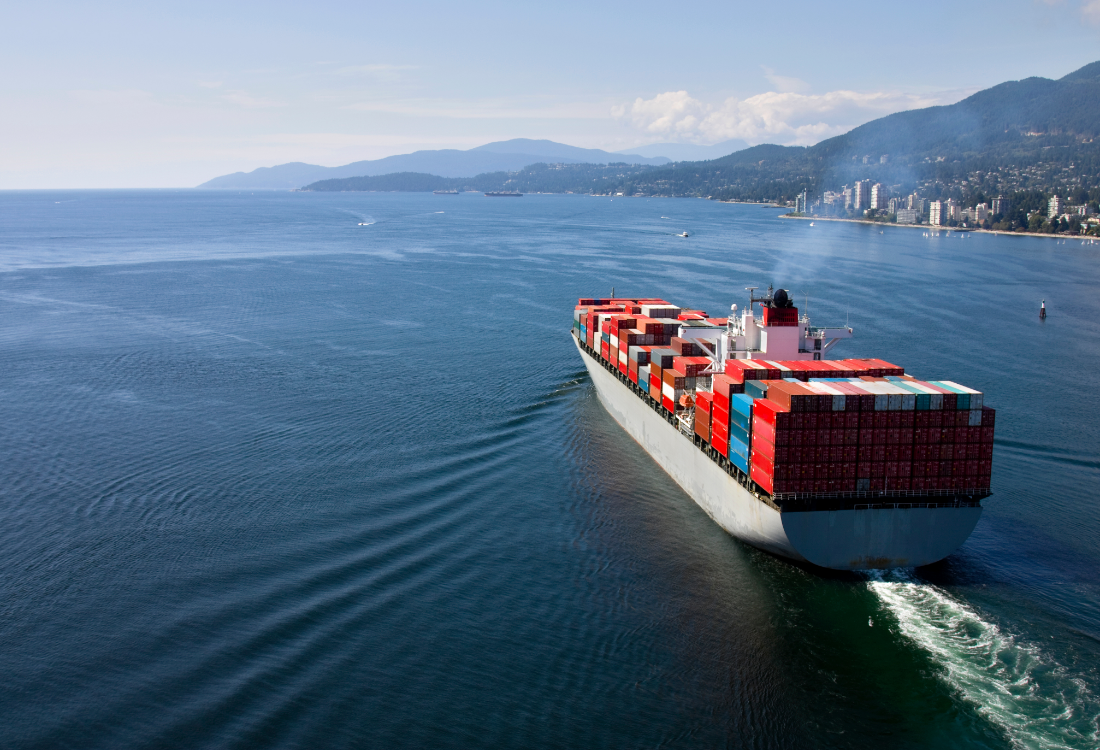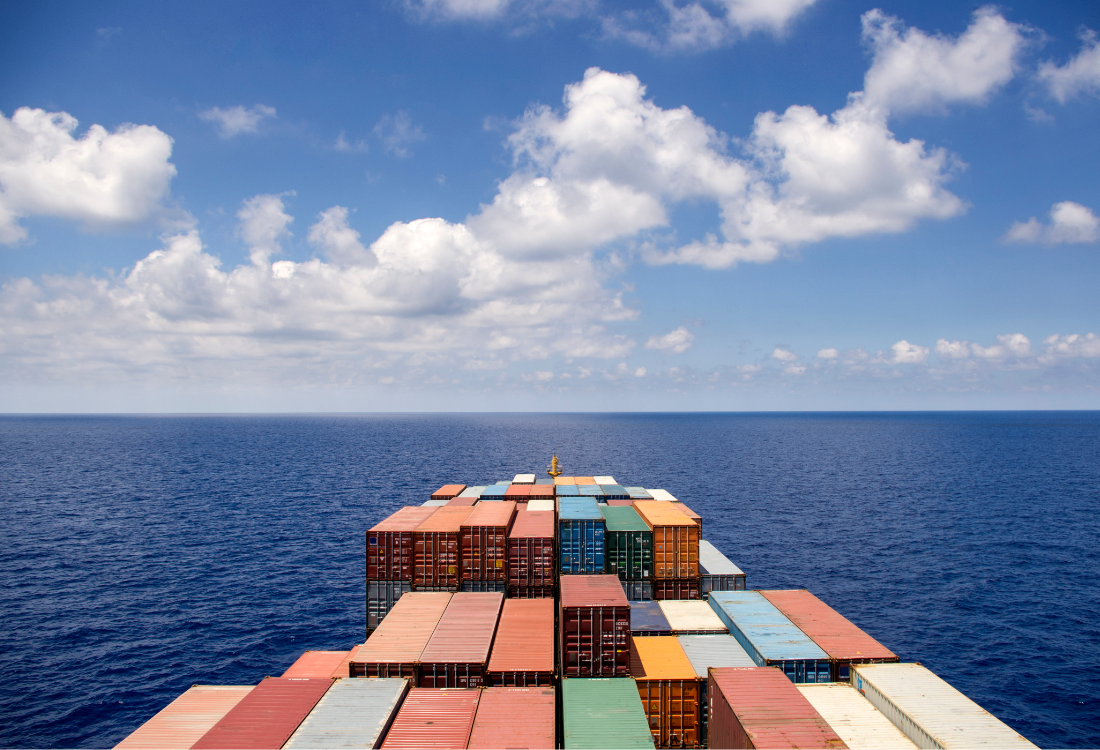.png?width=800&height=500&name=Can-Vehicles-Safely-Be-Shipped-During-Storms-And-Extreme-Weather-Conditions%20(1).png)
If you think that wild weather, vicious storms, and churning waves will stop large container ships from putting to sea, think again. And if you want to picture exactly what a transcontinental sea voyage can look like, check out these stomach-churning videos. However, what happens to the precious items inside the containers, including - in the case of finished vehicle logistics – a wide range of containerised cars? It very much depends upon how they are packed and secured. Read on to find out.
Correct Packing
The first step in securing vehicles inside shipping containers before a voyage is to assume the worst. Vehicles can and do get damaged inside shipping containers during extreme weather unless they are correctly secured. This way, safe packing becomes an automatic element of the process, and you are prepared for whatever the weather throws at you. Unfortunately, wooden racking and temporary racking solutions are not tested or certified to withstand the large forces experienced at sea, and are therefore vulnerable to cracking and splintering when under pressure. This risk can be reduced by spreading loads evenly throughout the container, and by investing in high-grade steel racking systems that absorb and distribute forces evenly, keeping the vehicles safe.
Dealing With Uneven Sizes
A major hazard in container shipping for vehicles is uneven sized loads. If a container is packed to the brim, with no pockets of space, it will remain naturally stable whatever the sea conditions. However, if there is space for items to move around – as is commonly the case with vehicles due to underutilisation of space – they are easily shifted by waves. The solution is to use an adjustable racking system that maximises space utilisation within the container, so instead of two vehicles sharing space inside a container with a mezzanine floor for other goods (which could damage the vehicles if they fall during extreme weather), you might have four to six securely packed vehicles taking up the majority of the container space. This compensates for uneven sizes and shapes of vehicle, guaranteeing the complete security of the vehicles inside.
Securing Loads
Movement is the primary reason for damage inside containers. As such, keeping vehicles safe during extreme weather events is less about ensuring that everything is padded, and more about preventing them from shifting. This requires two basic components. The first is extremely high-grade steel that has the tensile strength to support the vehicle while withstanding the forces of the sea. The second is heavy-duty strapping, which secures loads while allowing for enough micro-movements to prevent crashing waves from causing internal damage to the vehicle.
Limiting Movement
When vehicular cargo shifts in a container at sea, it can sometimes be damaged beyond repair. This is why preventing movement inside containers is so important. However, vehicles have the extra consideration that they are themselves constructed of parts that are designed to move. Too much internal movement, and the external body of the vehicle is likely to be damaged. Too little, and the overall integrity of the vehicle may be put under stress. This is one of the reasons why professionally designed racks and straps are such an excellent solution. They limit, but do not completely prevent, vehicle movement, thus allowing the safe transfer of forces and reducing the risk to the vehicle.
What Next?
Our unique racking solution has stood the test of time in countless stormy seas. To date, we have not had a single instance of damage when our equipment has been used correctly. To learn more about securing your vehicles in extreme weather conditions, please contact Trans-Rak today.
Image source: Canva



